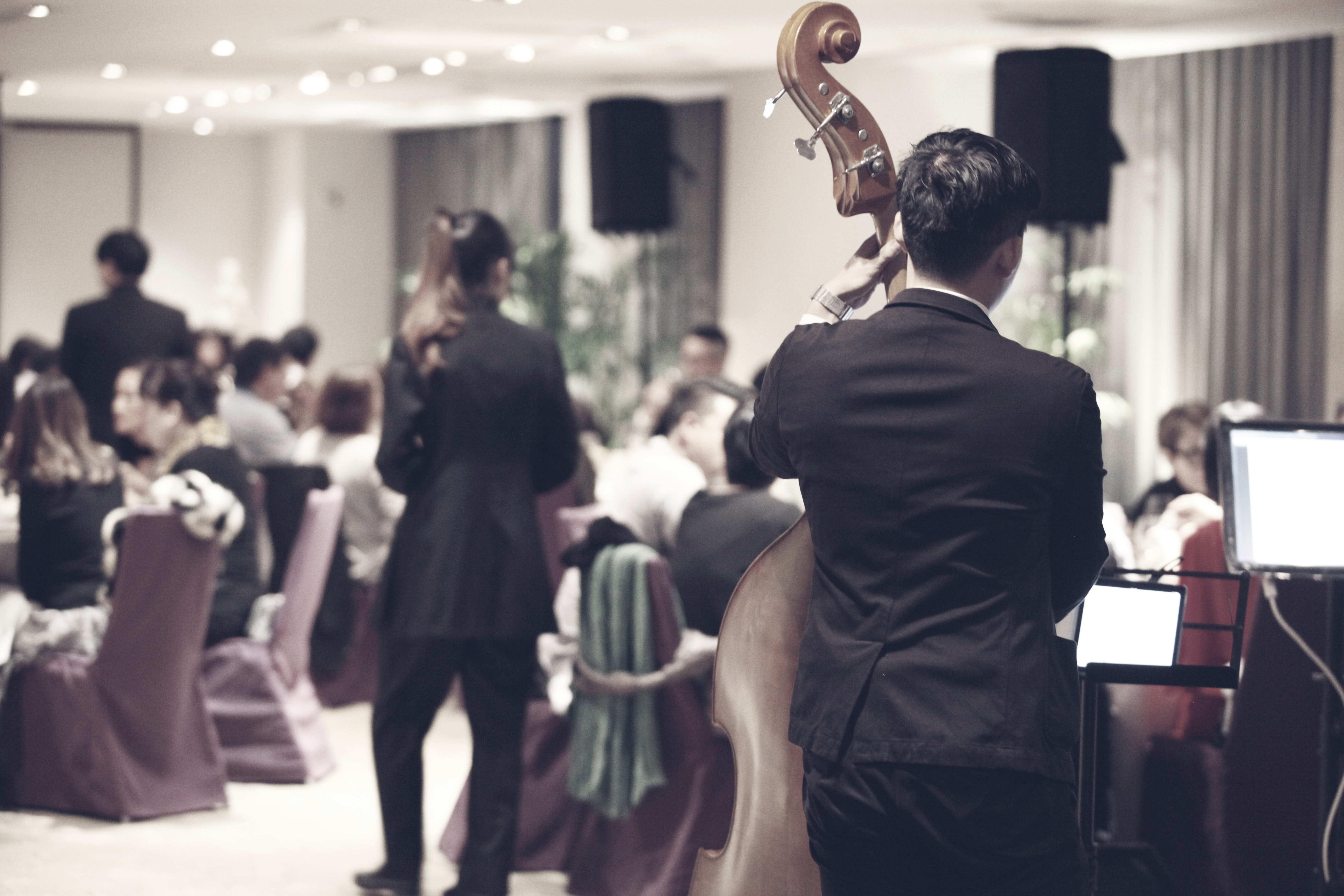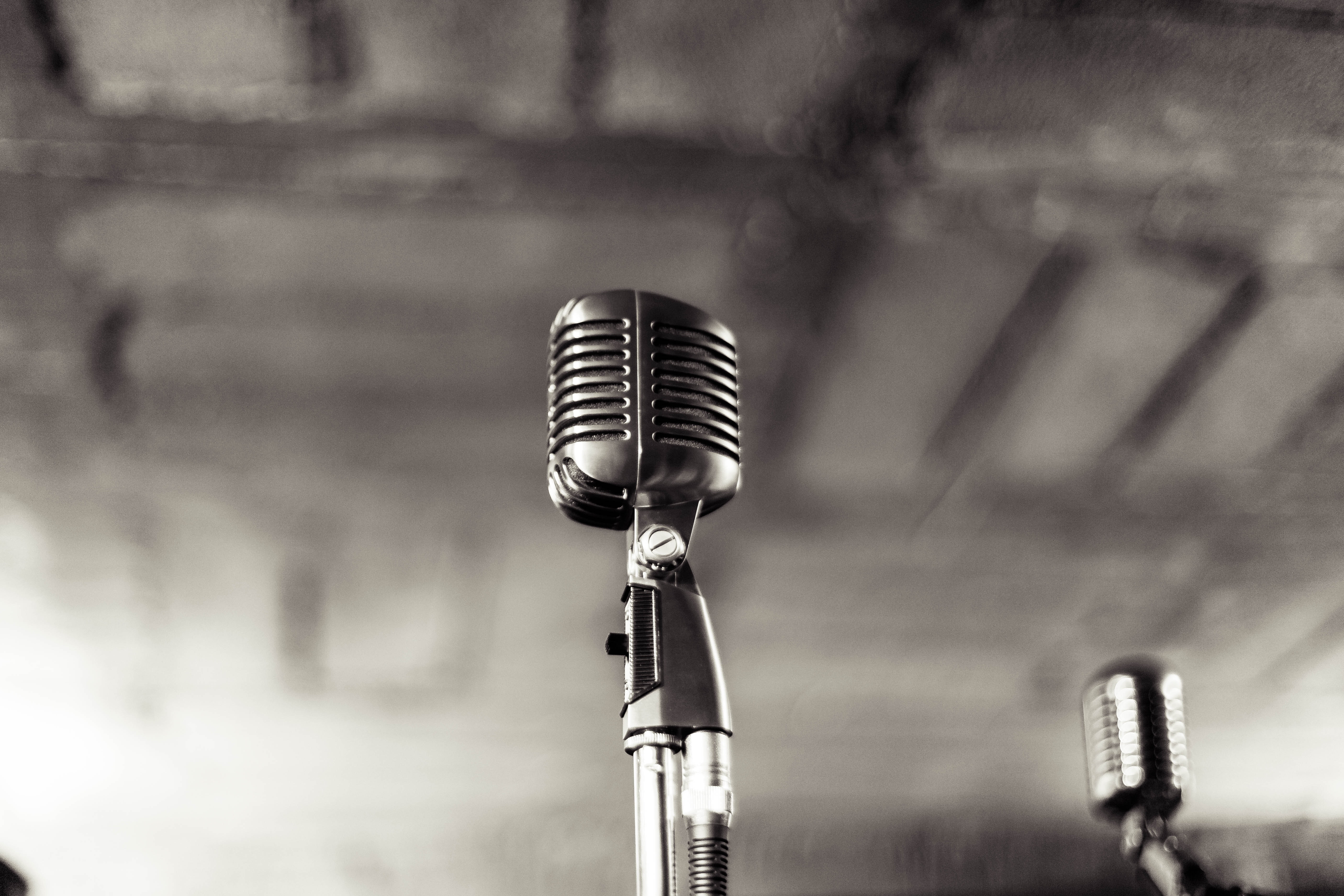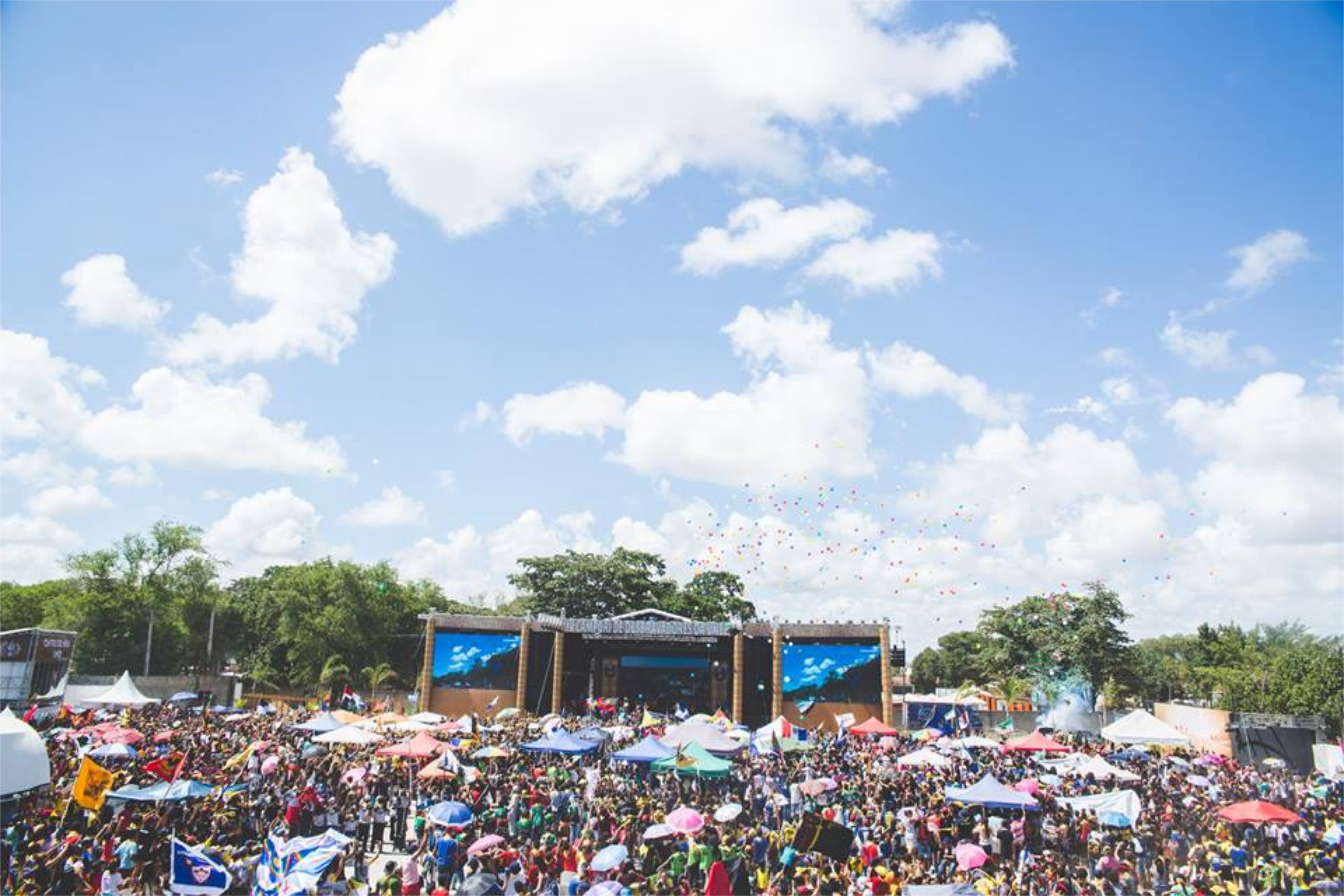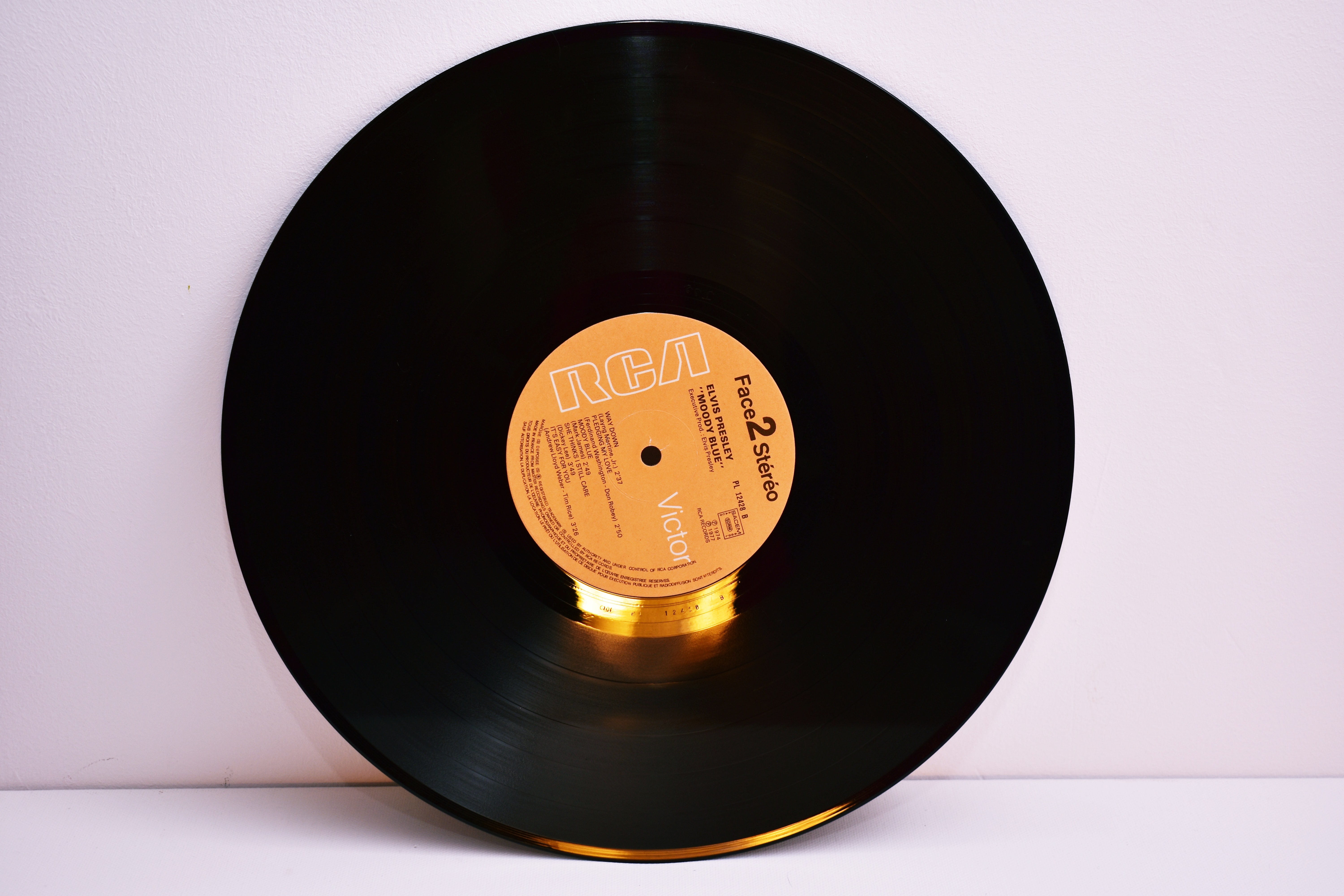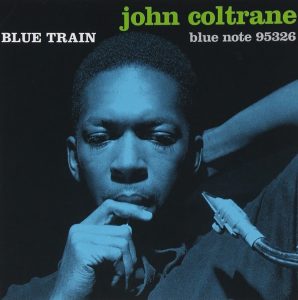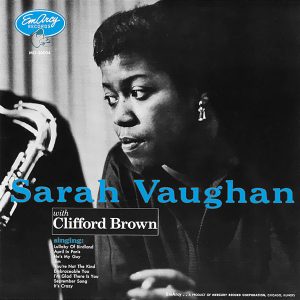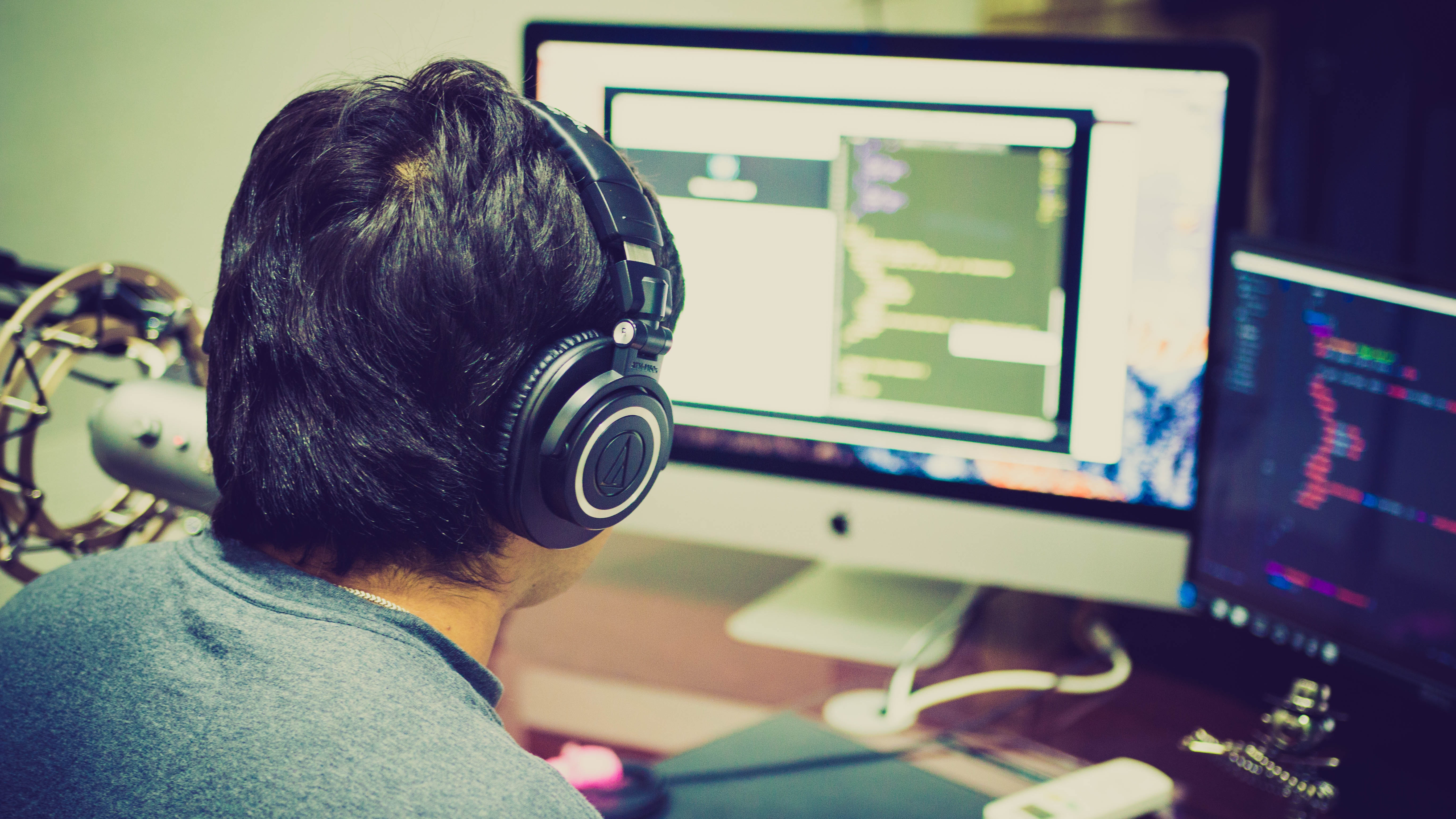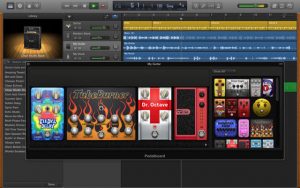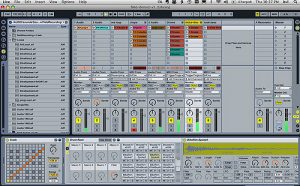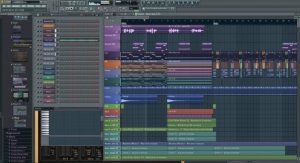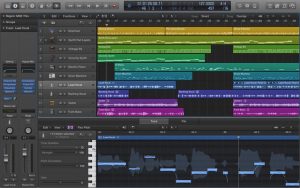Why is Image So Important for Musicians?
There have been studies that suggest how a musician presents themselves visually is more important than their music. If you are a musician reading this, you’re probably a bit conflicted; you know that your music is an important form of expression to you, but at the same time I am sure you’ve seen other musicians who may not have your same level of skill behind their instrument and yet they seem to garner a lot more attention.
“Image is everything”, is a truism in any medium where you are going to present yourself to an audience. Even artists like Sia, who work hard to hide themselves from view, have cultivated an image (although perhaps unwittingly) that appeals to their audience.
But hey, this shouldn’t be news to anyone. Nearly every musical artist we’ve ever fallen in love with has their visual and auditory game on par with one another. So then, how do you go about sowing a strong image and reaping the benefits?
First, understand who your audience is and then play up to that. Ever notice that grunge bands all sort of looked and sounded the same? Coincidence? Nah, not at all. It was a popular movement that was defined by flannel shirts and Dr. Martens as much as static guitars and raspy vocals. Take a moment, look at your audience and cultivate a look that’s in line with your music and their ears.
Second, jump right into social media. People want a back-stage pass to your life and you should deliver whenever appropriate. Let them peer in on your day-to-day goings on. Let them meet your pets, introduce them to your favorite coffee shop, give them a world-first listen to your new riff, etc. Leverage your image by letting people experience life through your eyes.
Third, never stop branding yourself. Once you get a few likes and follows, don’t stop there, keep pushing! In a world where everyone wants to, “go viral”, you must be ready for the long haul. 99.995% of people do not become viral sensations within days. You need to be ready to work for every like and build your social media audience over time.
Forth, start marrying your music to your image. Music videos are the obvious solution here. You don’t need to craft the next award-winning motion picture – keep it simple at the start. Work with other artists in the area who are looking for exposure and see if you can form a mutually beneficial relationship.
Once you start thinking of your image as your brand you’ll soon be making better choices about to cultivate and nurture a following through the visual mediums.
From Ralph Moore to Terell Stafford, Night is Alive represents some of the industries highest ranking artists to date. To learn more, contact Kathy Salem!

